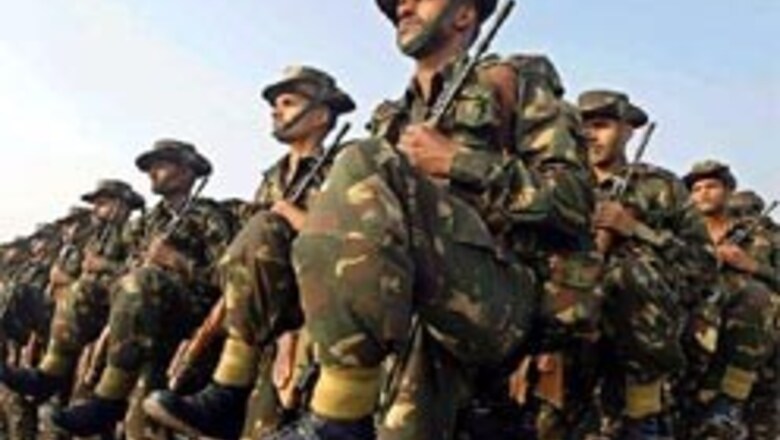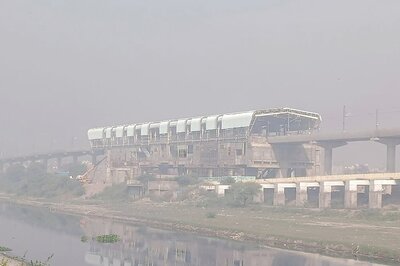
views
New Delhi: An alarming rise in the number of military officers charged with corruption, senior ranks quitting due to frustrating service conditions and increasing instances of 'fragging', in which disgruntled soldiers have shot dead their seniors, are severely damaging the image of the country's defence forces.
There is no rush of youths to join the once-favoured military, and the persisting shortage of officers in the 1.1-million-strong army is now around 11,000. The Navy and Air force too face a shortage of officers but not as severe as the Army.
Senior officials cite expanding employment opportunities in the private sector as the reason behind this shortage.
But serving and retired officers said this was only part of the cause and that the services too had to take responsibility for lowering the military's image and overall standing in the country's order of preference for employment.
"Standards have changed. Bribery and corruption have seeped deep into the army " retired Lt General Harish Chander Puri said. A larger number of officers in the army, particularly the senior ones, are increasingly becoming as corrupt, if not more so, than their civilian and political counterparts, he added.
Serving Army officers say the 'rot' in service ethics has been steadily creeping into the services.
Till the 1980's military officers were considered upright men, respected in society and eagerly sought after by parents as suitable matches for their daughters.
Retired military men talk nostalgically of the days when a mere note from the commanding officer on behalf of any jawan to the local authorities back in his village carried weight.
Those were times when the esprit d'corps in the apolitical service was strong and invitations to riotous, albeit swinging, regimental officers' messes much sought after.
Salaries were low but the lifestyle was somewhat lavish in what was largely a gentleman's army.
"Many officers were, in reality, eager boys trapped inside grown bodies seeking to indulge in passions like shikar, riding, polo and outdoor living and danger at state expense," said retired Brig. Arun Sahgal, an armoured corps officer. Colonial traditions made military service even more attractive.
PAGE_BREAK
From independence till the third war with Pakistan in 1971, there was ample opportunity for the latter.
And it was adequately vindicated, except for the disastrous 1962 war with China in which India came off badly. But in this instance, it was the political and not the military establishment that forced ignominy on the country.
The flamboyance, bravery and tactical brilliance of all ranks in the three wars with Pakistan are well recorded and form the subject of study in combat institutions around the world.
Politics was rarely, if at all, discussed by officers who if passed over for promotion retired gracefully, confident of their status in society.
Promotions were merit-based and, by and large, fair with undeserving candidates adhering to the Peter Principle and rarely ever crossing their limits of incompetence.
Army chiefs and senior commanders brooked no political interference in operational matters and were listened to with respect by the establishment.
When asked by prime minister Indira Gandhi to move into East Pakistan (later Bangladesh) in early 1971, the chief of army staff General Sam Manekshaw (later Field Marshal) firmly told her that it would take at least 10 months before his force would be ready for combat. Gandhi paid heed and Bangladesh came into being in December that year.
In short, the olive green uniform enjoyed an exalted status it was soon to lose.
Its professionalism and apolitical stance began to slowly unravel after the Third Pay Commission in the late 1970's when officer ranks were diluted, ostensibly to enhance career prospects, but their responsibilities reduced in inverse proportion to their promotions.
Periodic cadre reviews further led to a lopsided rank structure, creating a situation where Lt. generals, among the senior most army officers, and their equivalents in the navy and air force, discharged duties previously performed by middle ranking Lt Colonels and similar ranks in the other two services.
At present there are 732 brigadiers, 213 major generals and 60-odd Lt. generals, around a third of whom are replaced every two-three years. Pressure on promotions also meant that they served 12-18 months in their commands, leaving them little time to effect any meaningful change in the command and control structure.


















Comments
0 comment